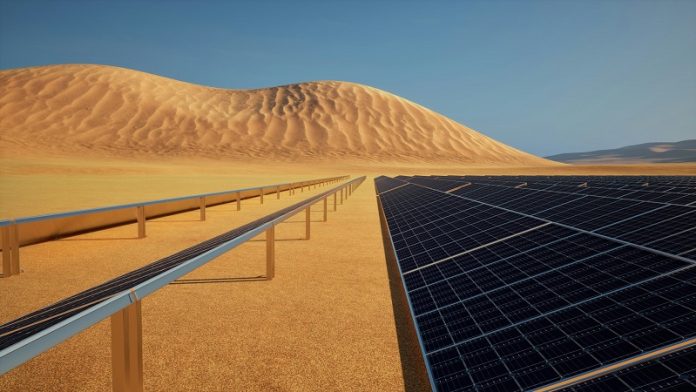
As the world shifts toward clean energy, solar panels are becoming more popular than ever.
But there’s a challenge many don’t see—high humidity, especially in the summer, can reduce the performance of certain solar cells and make them harder and more expensive to manufacture.
Now, a team of researchers from the Korea Institute of Science and Technology (KIST), led by Dr. Hae Jung Son, has found a solution.
They’ve developed a new type of coating that helps organic solar cells perform reliably—even in hot, humid weather. This discovery could make solar energy more affordable and accessible around the world.
The new technology focuses on a special ingredient called carvone, a low-cost additive that the researchers added to the solar cell’s ink-like coating solution.
Carvone interacts with one of the key materials in the solar cell to improve how the layers form during the manufacturing process.
This leads to smoother and more uniform layers—even when the surrounding air is very humid, from 10% up to 70% humidity.
The result is a solar panel that not only performs better but is also easier and cheaper to produce. In tests, the new coating process helped large-area organic photovoltaic (OPV) modules reach a power conversion efficiency (PCE) of 16.27%.
This is the highest efficiency reported for OPV modules larger than 20 square centimeters. It also outperformed the standard method, which reached only 15.1% efficiency under the same conditions.
What’s more, these solar panels stayed consistent across different seasons. The change in performance due to seasonal humidity was less than 2%, which is better than many current commercial solar panels.
Because this process doesn’t require expensive dry rooms or major equipment upgrades, manufacturers can easily adopt it. They just need to add the carvone to their existing solutions, making it a cost-effective way to improve solar cell production on a large scale.
This innovation is a major win for the future of solar energy, especially as global competition grows in the race to develop better, cheaper, and more reliable renewable technologies.
Dr. Son and his team are now working to apply this technique to tandem solar cells and are looking for industrial partners to bring the technology to market.
With this breakthrough, solar energy just became even more promising—rain or shine.



